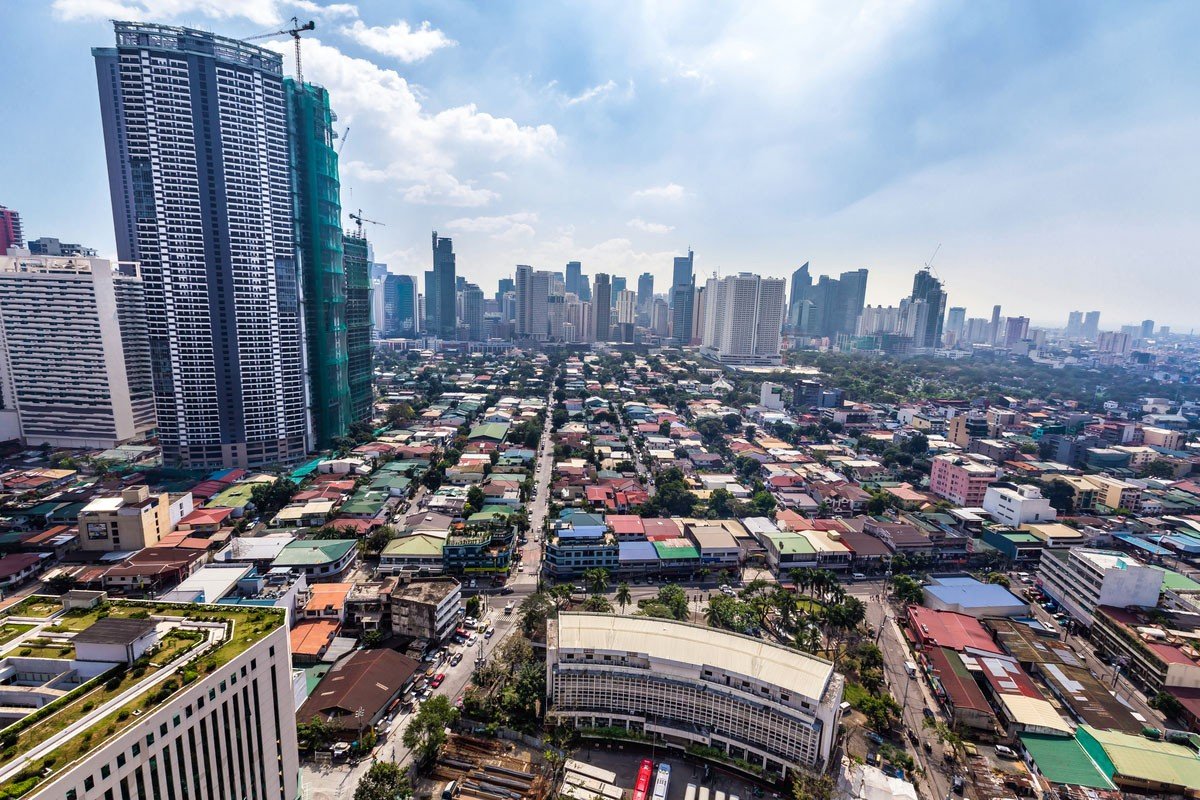Terrorism is the most serious threat to visitor safety in the Philippines, and it is still a problem. The entire far south is a no-go zone: Mindanao, the Sulu Archipelago, and the Zamboanga Peninsula are all regarded as exceedingly dangerous, and visitors are warned to avoid them. Numerous violent attacks, kidnappings, and skirmishes with Filipino security forces have been attributed to the terrorist group Moro Islamic Liberation Front.
Terrorist groups that have split away from MILF are extremely hazardous. They are the perpetrators of bombings that have caused property damage, injuries, and death. The more rural areas of the country, notably the northernmost island of Luzon, should be avoided because the terrorist organization has grown its presence there. The majority of the bombings occurred on public transit and in densely populated areas such as restaurants and cathedrals. Terrorist attacks are more deadly because they are unpredictable; therefore stay away from areas where they are more likely to occur.
Kidnapping is especially dangerous for visitors because terrorist groups target visitors from other countries for the high-profile attention and large ransoms they may extract from relatively wealthy families. To establish whether the intended itinerary takes them into or near any of the named troublesome zones, cross-reference any travel alerts and cautions with a map of the country. If this is the case, either alter the trip plans or accept that traveling to certain areas may expose anyone to unwarranted dangers.

In the Philippines, there are several warnings and dangers to be aware of:
Overall Risk- Criminal activity in the Philippines has expanded dramatically in recent years, and while it remains a popular tourist destination, it is fraught with risks and criminality. People should be aware that tourist attractions are spotted where the majority of robberies and pickpocketing take place, as well as violent crime.
Risks of Transportation and Taxis- In the Philippines, transportation is neither the safest nor the most reliable mode of transportation. Expect taxi drivers to try to rip them off, as well as incredibly inconvenient traffic in the Philippines, as well as intolerant and irresponsible drivers.
Risk of natural disasters- The Philippines is vulnerable to typhoons, floods, landlines, and tsunamis, and volcanic eruptions are becoming a severe problem.
Mugging Risk- While minor crime isn’t a problem; travelers should be concerned about violent crime. Robberies, assaults, and kidnappings are all too common on the islands.
Terrorism Risk- The Philippines has had multiple terrorist strikes in recent years. The motive for these attacks has yet to be determined. It’s best to be on the lookout at all times.
The Philippines, like many other countries, has places where violence is more prevalent and areas where people are typically safe. It’s not always realistic to categorize an entire country as unsafe simply because it contains known difficulty zones. When it comes to travel, it’s always tricky to use the word safe because it suggests that individuals would be protected from or not exposed to any danger or risk. A travel warning is in effect for the Philippines, but only in certain areas. The majority of the rest of the country is deemed as safe as the rest of Southeast Asia.







